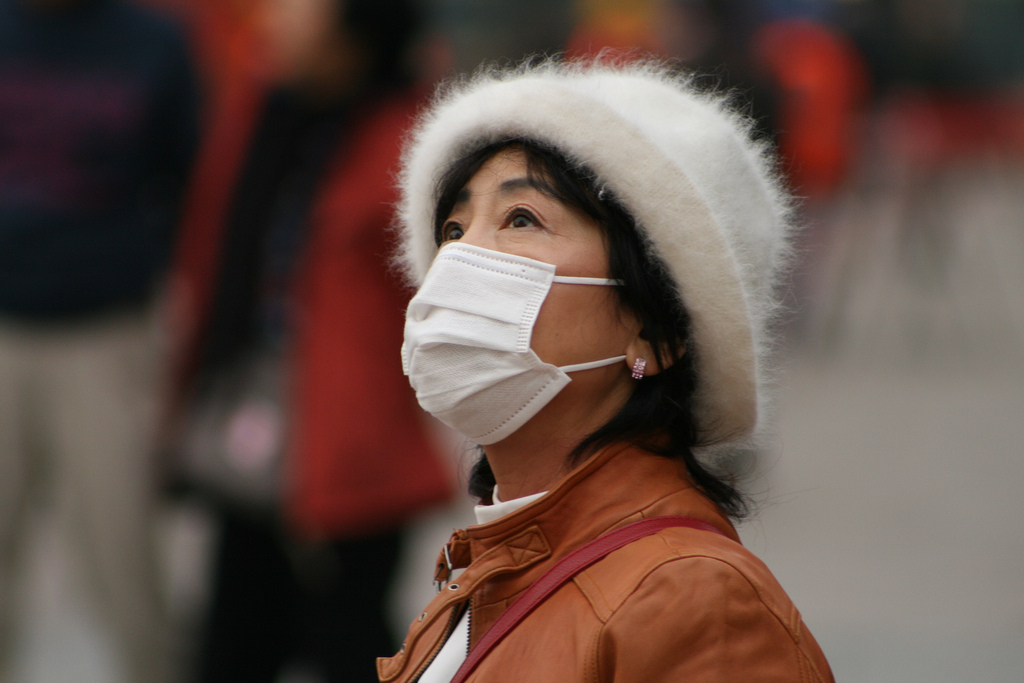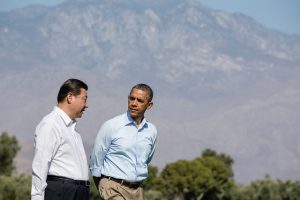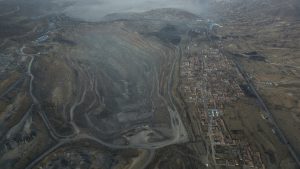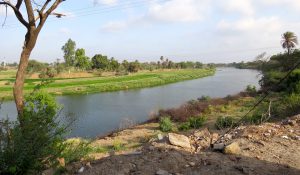General consensus is that 2016 will go down as the year when the old international political order was tested. On chinadialogue, events were met with stories tackling climate change, globalisation and international relations. Readers wanted to know more about China’s relationship with her neighbours and trade partners more than in previous years.
Climate, waste, governance food security and energy are the themes which dominate the top slots of our most-read stories of 2016. As in previous years, coverage of air pollution and water pollution continue to feature highly, a reminder that the debate around these issues remains alive, as well as the challenges we must meet in the year ahead.
1. China-led development bank careful to co-operate with critics
The Asian Infrastructure Development Bank was set up last year with the alleged goal of providing green lending to projects across the region. Led by China, and with billions of yuan at its disposal, environmentalists worry about the social and ecological impacts of new developments which primarily serve China’s economic and trade needs. Transparency will be key. So far, the bank has made some effort to engage with civil society but still lags behind when it comes to disclosing information on their environmental standards.
2. The bottleneck of a low-carbon future
Ganzhou in the southeast of China is still referred to as the “rare earths kingdom”, despite the fact that most of its mines have already closed. We visited abandoned factories to expose a contradiction at the heart of the country’s plans for low carbon transition. Rare earths are used in wind and solar projects and China currently provides 90% of the world’s supply. With reserves already running low it may not have the resources needed to move the world away from coal.
3. All eyes on China’s 13th Five-Year Plan for energy
China’s new energy policy is central to its next five-year plan for economic development. The gist is that China plans to curb coal consumption and CO2 emissions beyond international expectations and bring a greater share of renewable energy on to its national grid. But in order to do this the policymakers will have to tackle the thorny issues of overcapacity, that is, the underutilisation of existing power generation.
4. China stokes global coal growth
As China begins to clamp down on coal at home concern has been transferred to its projects overseas, which are entering a new phase of expansion. Back in September 2015 China won praise for issuing a joint statement with the Obama administration to strictly control public investment in overseas projects with high pollution and carbon emissions. However, our in-house data project produced an interactive coal map which reveals that Chinese finance is flowing into new hotspots such as Turkey and the Balkans.
5 . Dying for an iPhone: the lives of Chinese workers
At Foxconn Chengdu’s “iPad city” workers operate polishing machines that produce clouds of microscopic aluminium dust 12 hours a day. Many employees feel suffocated in their poorly ventilated workshops. While Apple claims to impose strict labour standards on it manufacturing subcontractors, some workers tell a different story.
6. Chinese cities most at risk from rising sea levels
When it comes to rising seas China stands to lose more lives, infrastructure and land than any other country, found new data from climate scientists. The fast growing megacities in the south, such as Shanghai, Hong Kong and Shenzhen, could be swamped by rising oceans as a result of climate change, with 145 million people under threat.
7. China sanguine about Latin America’s economic crisis
In the face of the deepening economic crisis in Venezuela, China reaffirmed its commitment to provide loans and investment to the oil state whatever the weather. As left-leaning governments across the continent continue to grapple with recession and political instability, the declaration by their biggest investor was read as a clear sign of the diplomatic direction of travel.
8. China’s bottled water industry poses new threat to precious resources
Over 40% of China’s urban population now drink bottled water, making China the number one market for bottled water in the world. But demand is putting a huge strain on the country’s glaciers, groundwater and upper watersheds, while at the same time feeding the ever-growing problem with plastic pollution.
9. China’s environment in 2015: a year in review
Our analysis of China’s year in environmental news came as Beijing issued its first ever “red alert” smog warning; a reminder of the air pollution crisis still gripping the country. It weighed up the impact of China’s Environmental Law one-year after being introduced, and concluded that while the bold legislation, designed to prosecute polluters, had gained strong public interest, it remained underused.








